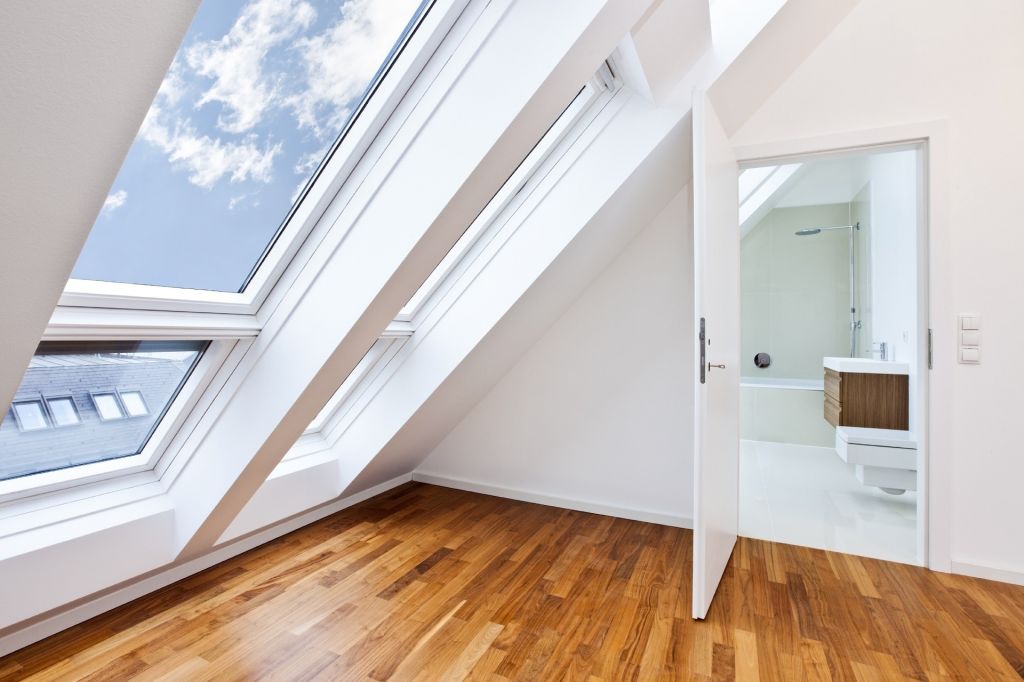As concerns about indoor air quality continue to grow, the question of who regulates indoor air quality becomes increasingly significant. Homeowners and real estate developers have much at stake when it comes to ensuring that the air inside homes and buildings is clean and healthy. Fortunately, various agencies and organizations are mobilized to regulate and monitor air quality standards and to provide crucial guidance on achieving optimal indoor air quality.

The Importance of Indoor Air Quality Regulation
Understanding indoor air quality is critical for homeowners and real estate developers. Poor indoor air quality can lead to a range of health issues, including respiratory problems, allergies, and other chronic conditions. Moreover, building constructions that do not adhere to air quality standards can face serious legal and financial consequences.
Key Regulatory Bodies
Several regulatory bodies oversee indoor air quality standards. They include:
- Environmental Protection Agency (EPA): The EPA sets guidelines and recommends practices to improve indoor air quality.
- World Health Organization (WHO): WHO offers global standards for air quality, including for indoor environments.
- American Society of Heating, Refrigerating, and Air-Conditioning Engineers (ASHRAE): ASHRAE sets ventilation and building codes that affect indoor air quality.
Environmental Protection Agency (EPA)
The EPA is a key player in regulating indoor air quality. They provide resources, guidelines, and enforce regulations that protect against air pollutants. Their guidelines are essential for both homeowners and developers who aim to maintain a safe living environment. For more detailed advice on achieving this, read LEED Certification.
World Health Organization (WHO)
The WHO plays a crucial role at the international level, setting global standards to monitor and improve air quality. Their guidelines help countries adopt better air quality practices and regulations.

Standards and Guidelines
Several standards and guidelines assist in assuring indoor air quality. Understanding these standards is crucial for implementing effective strategies.
EPAs Recommendations
The EPA provides an array of recommendations that cover common household issues that can affect air quality, such as:
- Radon: Mitigation techniques to lower levels of radon, a dangerous gas known to cause lung cancer.
- Mold: Procedures for mold control and prevention.
- Ventilation: Guidelines for ensuring proper ventilation in homes.
For further strategies on mold control and prevention, read this article on Mold and Moisture.
WHO Guidelines
These encompass a broad range of indoor pollutants, from volatile organic compounds (VOCs) to fine particulate matter. The WHO provides best practices aimed at reducing exposure to these pollutants, contributing to healthier living spaces.
ASHRAE Standards
ASHRAE is known for its stringent standards concerning heating, ventilation, and air conditioning (HVAC) systems:
- Standard 62.1: Ventilation for Acceptable Indoor Air Quality.
- Standard 55: Thermal Environmental Conditions for Human Occupancy.
Implementation of Standards
Proper implementation of these guidelines ensures healthier indoor environments. Homeowners and developers should adhere to these standards to avoid legal and financial ramifications.

Technologies and Tools for Monitoring Air Quality
With technological advancements, ensuring indoor air quality has become easier and more efficient. Various tools and gadgets are now available to help homeowners and developers monitor air quality.
Air Quality Monitors
These devices provide real-time data on indoor pollutants and other air quality parameters, offering valuable insights into the condition of indoor environments.
Smart HVAC Systems
Smart HVAC systems equipped with sensors and controls can optimize air filtration and ventilation to maintain high air quality standards. For tips on HVAC system installation, check out this guide on Improving Air Quality.
Challenges in Regulating Indoor Air Quality
Despite the existence of guidelines and standards, regulating indoor air quality still presents several challenges:
- Resources: Allocating resources to monitor indoor air quality thoroughly can be a daunting task.
- Awareness: Lack of awareness among homeowners and developers about air quality standards and their importance.
- Implementation: Ensuring that the guidelines are effectively implemented across different building structures.
- Compliance: Consistent monitoring and compliance with air quality standards.
Health Impact of Poor Indoor Air Quality
The health implications of poor indoor air quality are severe and varied. They range from short-term effects like allergies and headaches to long-term conditions such as asthma and other respiratory diseases. For more information on this issue, read this article from Lung Association.
Respiratory Issues
Exposure to pollutants such as mold, radon, and VOCs can lead to serious respiratory conditions. Implementing the recommendations from regulatory bodies can significantly reduce these risks.
Allergies and Asthma
Airborne allergens and pollutants can exacerbate conditions like allergies and asthma. Ensuring good indoor air quality can improve quality of life for sufferers of these conditions.
Chronic Conditions
Long-term exposure to poor air quality increases the risk of chronic health problems, making it crucial to adhere to established guidelines and best practices.
FAQs
Who is responsible for enforcing indoor air quality standards?
Multiple entities have the responsibility to enforce indoor air quality standards, including the EPA, local health departments, and state government agencies.
What are common indoor air pollutants?
Common indoor air pollutants include radon, mold, volatile organic compounds (VOCs), and particulate matter. Proper ventilation and air filtration can mitigate their effects.
How can homeowners improve indoor air quality?
Homeowners can improve indoor air quality by following guidelines set by regulatory bodies, using air quality monitors, and ensuring proper ventilation. For professional advice, visit this Scientific American article.
As an Amazon Associate, I earn from qualifying purchases.


